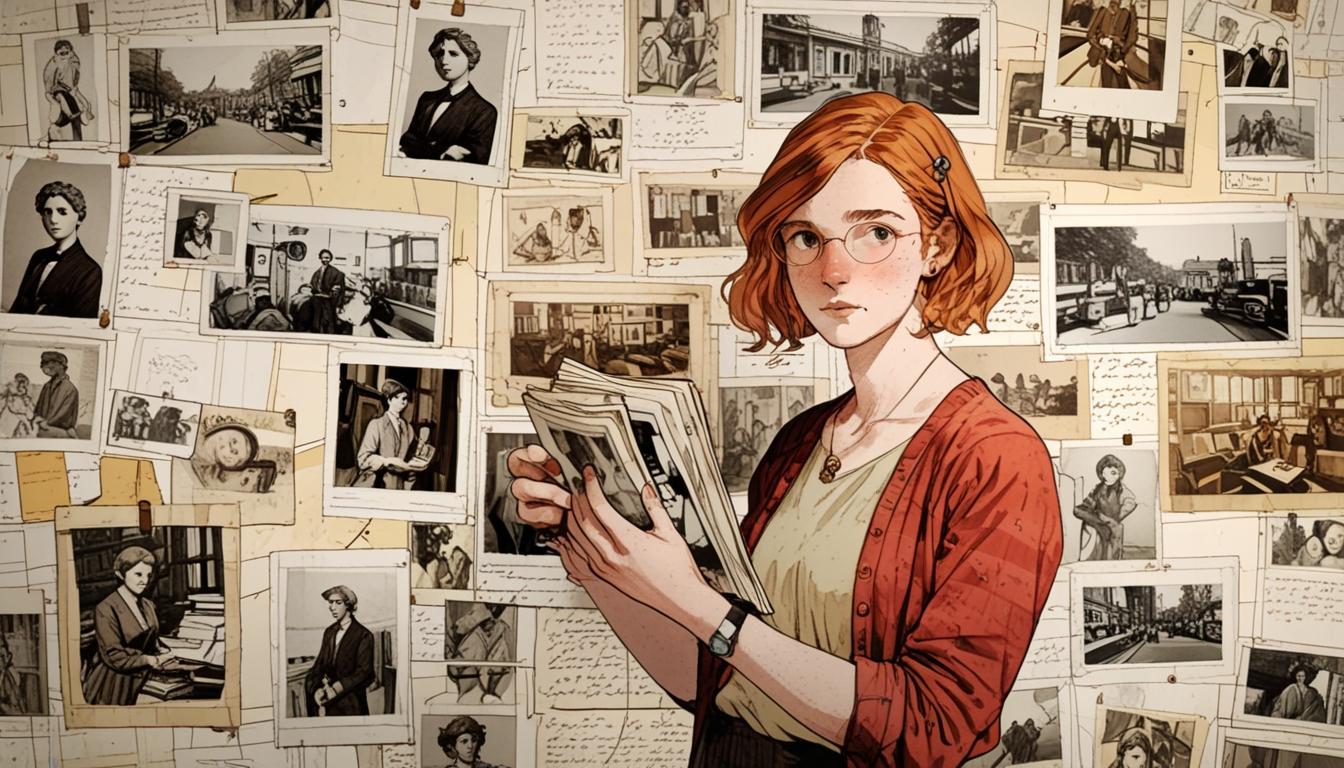Harriet Bridgeman’s vision began more than fifty years ago, during a time when the concepts of 'digital assets' and 'image licensing' were virtually unknown. In the early 1970s, while working as an editor for a weekly arts magazine, Bridgeman encountered the frustrating complications of sourcing timely and high-quality images for her publication. This led her to conceive an innovative idea: the establishment of a central archive for art images, aimed at providing accessibility while fairly compensating the artists and institutions behind these artworks. Thus, Bridgeman Images was born—a venture poised to transform the visual economy of art publishing.
Reflecting on the founding days, Bridgeman recalls the logistical challenges posed by the limited technological landscape of the time. “Colour photography was nowhere near as good as it is now,” she noted. Not only were national museums just beginning to organise their own photographic resources, but many provincial museums lacked any form of photographer entirely. The absence of a comprehensive archive meant that sourcing images was often a convoluted ordeal. Bridgeman recognised that not only were museums failing to generate income from reproduction rights, but they were also missing the opportunity to support their collections effectively.
Her idea was met with initial scepticism. However, many museum directors soon began to see the potential benefits. Bridgeman effectively bridged the gap between commercial interests and academic pursuits, a notion that has become increasingly vital in today’s arts landscape. Her early partnership with A. C. Cooper, known as the Queen's official photographers, provided the necessary contacts to kickstart the initiative. Although they separated amicably shortly thereafter, this partnership underscored the importance of collaboration in establishing such an unprecedented resource.
As Bridgeman Images has evolved, it has become a reputable hub for art, culture, and history. The archive boasts over four million works, representing countless artists and institutions globally. Reflecting on the longevity of her venture, Bridgeman attributes its success partly to the uniqueness of the service it provides, filling a niche that stock libraries like Getty and Corbis eventually tried—but never quite matched. The company has been able to maintain its relevance by contributing over £75 million in royalties back into the arts sector, demonstrating its commitment to supporting both artists and institutions.
The digital revolution marked a significant turning point for Bridgeman Images. Bridgeman recounted the limitations of the early days—typewriters instead of word processors, and telex over fax. An essential breakthrough occurred when the National Portrait Gallery used her library as an experiment for digitisation, which ultimately opened new avenues for image reproduction and accessibility. Today, the sheer volume of images that people can now digitise, including those captured on mobile phones by children, exemplifies the transformative journey from analogue to digital.
Bridgeman's dedication to championing artists’ rights is reflected in her establishment of the Artists' Collecting Society in 2006. This initiative aimed to streamline the collection of royalties on artists' resale rights, ensuring they receive fair compensation when their works change hands. “There would be no art without artists,” she emphasised, highlighting the importance of providing support to emerging artists who often struggle to establish their careers.
However, the landscape of image licensing and copyright faces significant challenges today, particularly with the rise of open-source museums and AI technology. While Bridgeman expressed concern over the increased prevalence of copyright infringements and low-quality reproductions, she also sees potential in AI for improving search functions and cataloguing within her archive. This duality of AI—both a potential threat and an opportunity—echoes the ongoing evolution of the art world itself.
Bridgeman’s contributions have not gone unrecognised; she was awarded a CBE for her services to the arts, a recognition she views as representative of the team’s efforts at Bridgeman Images rather than a personal accolade. The firm has created numerous opportunities for art historians throughout its history, allowing the next generation to carve their paths in this demanding field.
As she looks towards the future, Bridgeman remains optimistic, despite the uncertainties that accompany the rapid shifts in the digital space. Bridgeman Images continues to adapt, and with its global offices in New York, Paris, Berlin, and Bologna, it is well-positioned to navigate the changing tides of image licensing and digital culture. Her commitment to both accessibility and the preservation of cultural heritage remains evident as she champions a future where art is both protected and celebrated.
In contemplating who she would invite for a conversation from history, Bridgeman's choices—William Blake for his philosophy and artistry, Stanley Spencer for his personal storytelling, and the iconic Frida Kahlo and Diego Rivera—reflect her deep appreciation for the rich tapestry of human creativity. Each artist represents a unique narrative that has shaped the art world, much like Bridgeman herself, who has quietly yet profoundly influenced the course of art image licensing for over five decades.
Reference Map
- Paragraph 1: (1), (2)
- Paragraph 2: (1), (6)
- Paragraph 3: (1), (2)
- Paragraph 4: (2), (4)
- Paragraph 5: (6), (5)
- Paragraph 6: (1), (4)
- Paragraph 7: (1), (3)
- Paragraph 8: (1), (6)
- Paragraph 9: (1), (2), (6)
- Paragraph 10: (1), (4)
- Paragraph 11: (1), (5)
Source: Noah Wire Services
